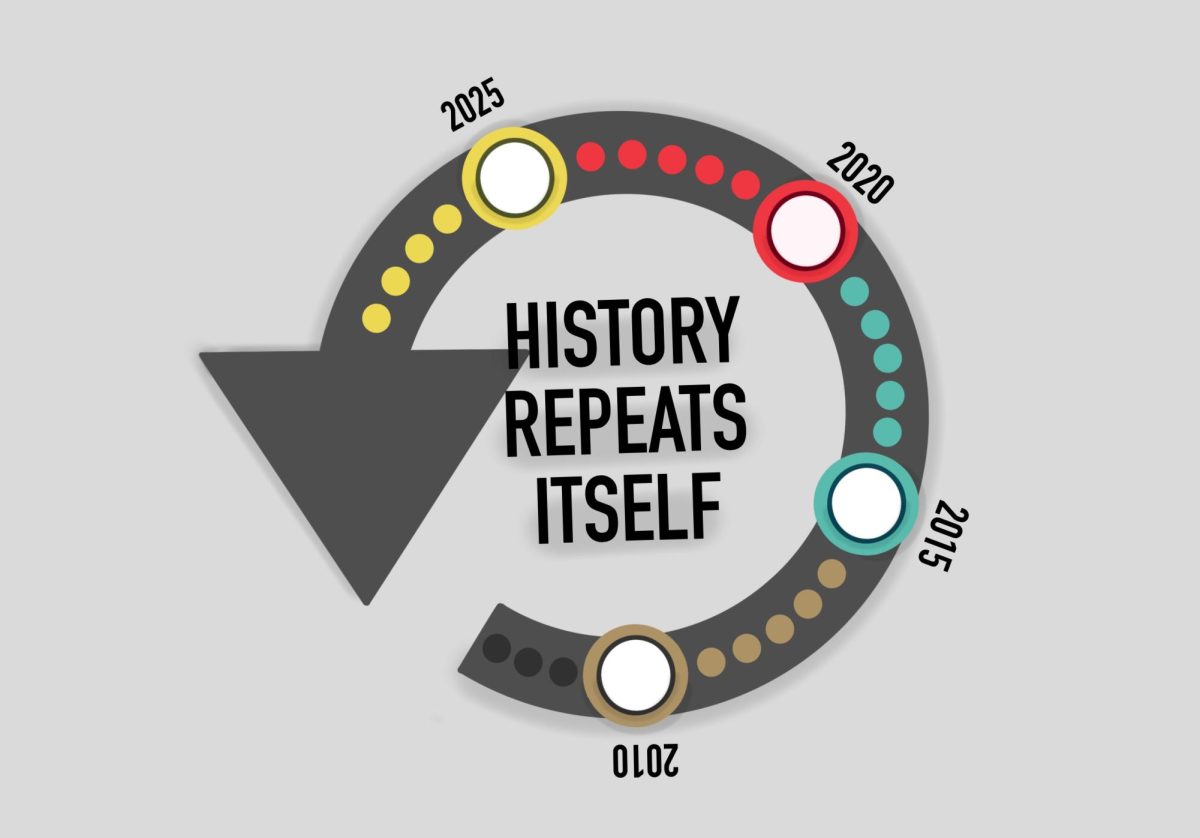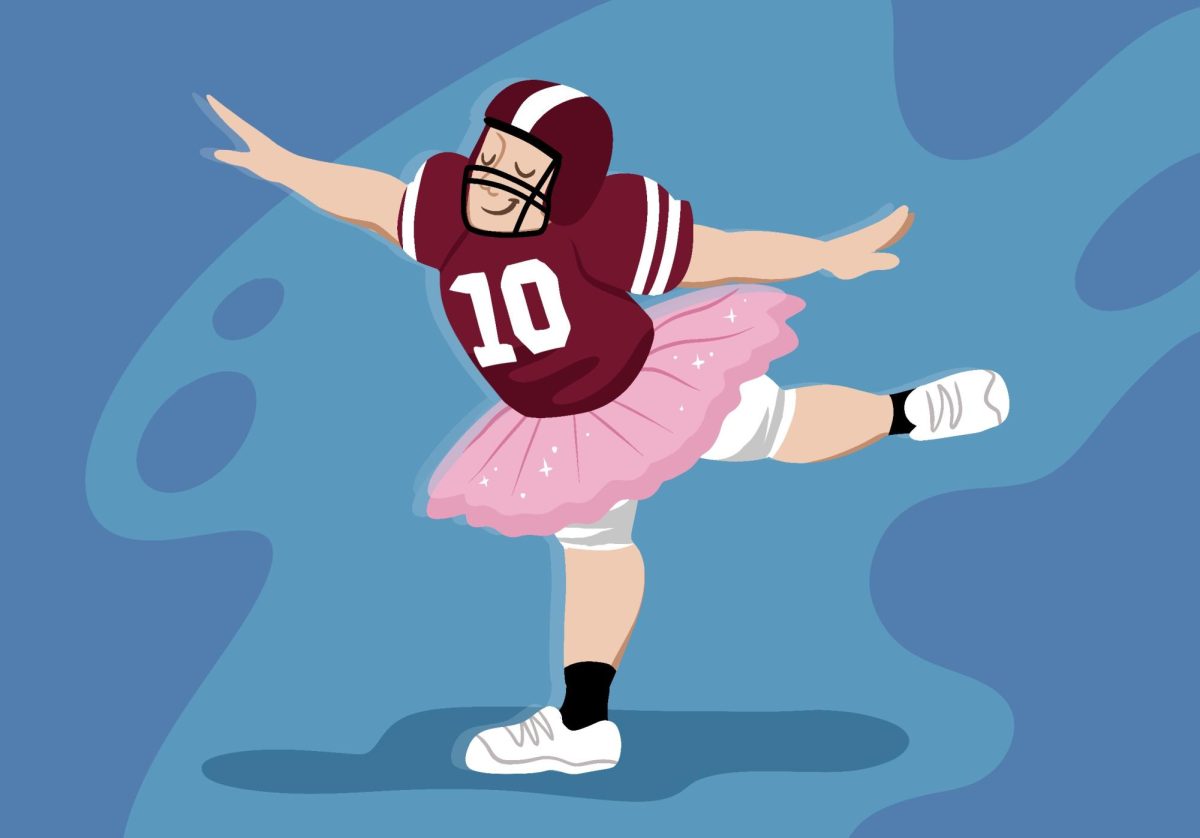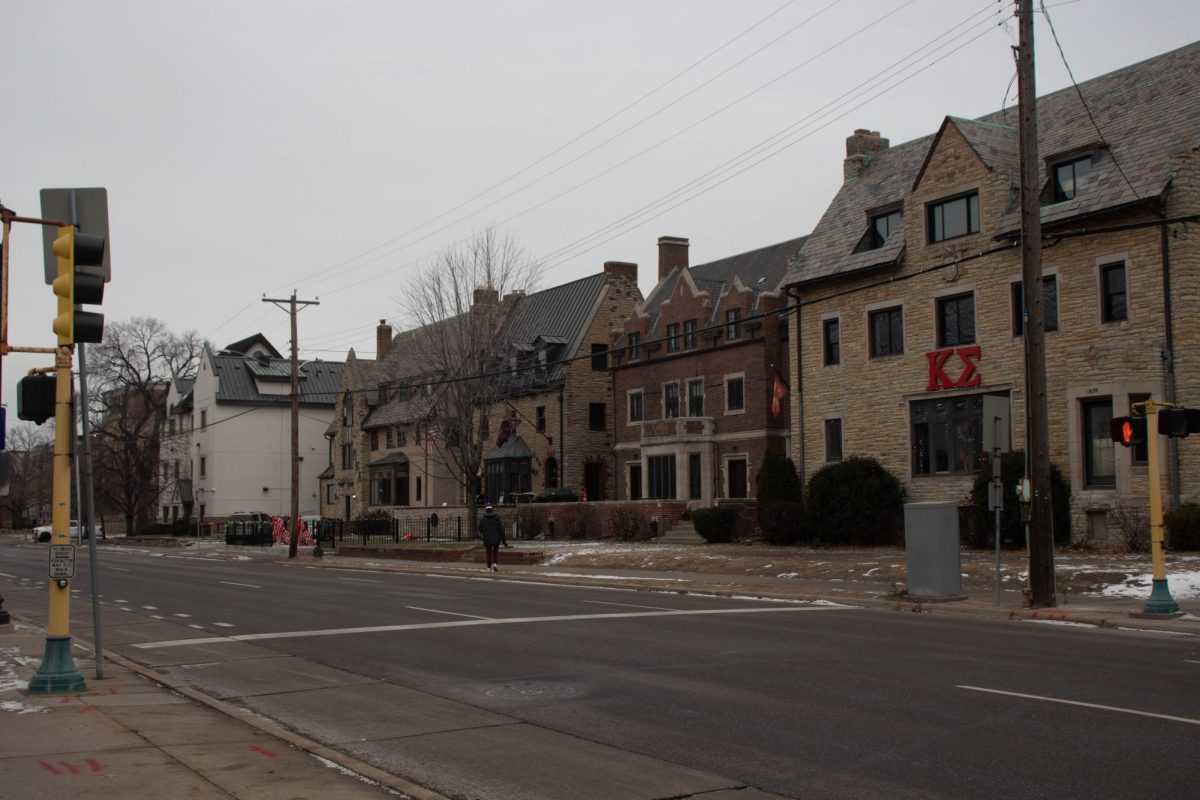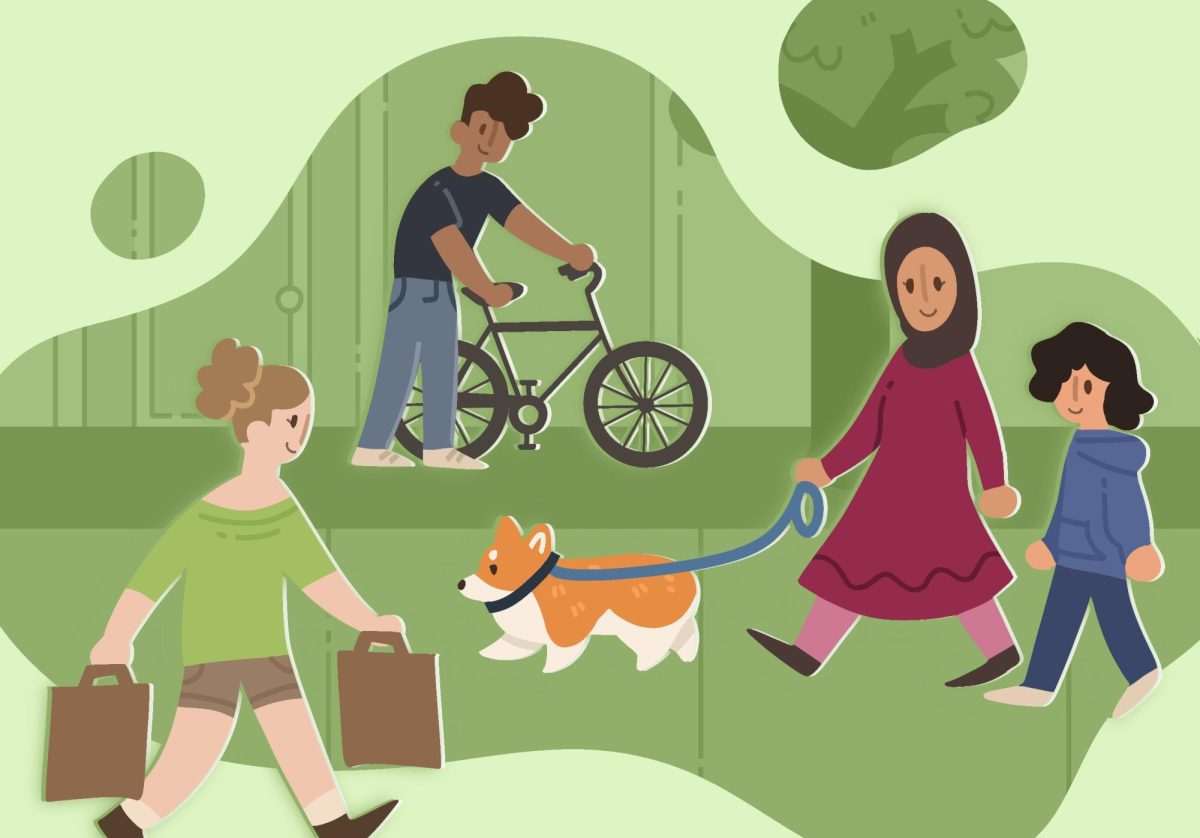No one actually likes dollar stores.
If you think you like them, think again. Maybe you like their prices. Maybe you like their convenience. But if money was disregarded, no one would actually choose dollar stores over the countless alternatives.
Nevertheless, dollar stores in America are omnipresent and ever-growing. Dollar General now has 20,000 locations and plans to open 800 more in 2024.
Why is an unlikable business model overwhelmingly widespread?
Kennedy Smith, senior researcher at the Institute for Local Self-Reliance, said dollar stores operate with razor-thin profits. As a massive corporation, they can set prices lower than any local grocery store can compete with.
This makes dollar stores the cheapest option for groceries and household items. So many families gravitate toward them. According to Smith, constructing new dollar stores increases the risk of grocers in the area closing.
Filling a bag for under $10 at a dollar store is fun for some people and necessary for others with a low income. In some towns, dollar stores are the only option for groceries.
All of these are understandable reasons to shop at dollar stores. However, the system that makes dollar stores dominant is deeply problematic.
Small towns are especially vulnerable to dollar stores because the economy can often only sustain one or two food stores, according to Smith. Whether or not a town has a grocery store makes a night-and-day difference in quality of life.
Northfield, Minnesota, a town of 20,000 people as of 2020, has a wide variety of grocery stores, including Cub Foods, Family Fare and Just Food Co-op, according to Deb Erickson, a local.
“For a town of this size, we have quite a few options,” Erickson said.
Erickson said Northfield felt much better than her previous town where dollar stores were very prevalent.
“I never shop at them,” Erickson said. “I think when they come to a city, they change the whole feel.”
Erickson said that dollar stores offer options for people who cannot afford to spend much money, but she questioned the quality of their food products.
To test whether dollar store products are worse than other stores, I conducted some field research.
I decided to compare a bottle of chocolate milk from Just Food Co-op in Northfield and Dollar Tree in Farmington, Minnesota, a town of 20,000 people without a single grocery store.
The chocolate milk from Just Food tasted fresh and flavorful in a clear container. I was pleased.
Dollar Tree did not offer chocolate milk.
However, they did sell strawberry milk in an opaque white container with a wrap-around pink sticker, like a can of paint.
It tasted like paint, too. The bottle was infused with enough preservatives to extend the milk’s shelf life for months while nixing any natural flavor.
The people of Farmington deserve better.
William Pierre, a Farmington local, said the town desperately needs a grocery store.
“The prices keep going up, and Kwik Trip and Dollar Tree are the closest things we have to a grocery store,” Pierre said.
Pierre said locals often drive to Walmart or other stores in neighboring towns for food. Many Farmington residents already commute to the Twin Cities for work. However, Dollar Tree is the most accessible option to everyone else.
This makes it harder for people to eat healthy foods because the offerings at dollar stores are so limited, according to Smith.
The food selections at dollar stores look like they were chosen by a twelve-year-old. Two entire aisles are occupied by candy, chips and soda, while two other aisles are dedicated to all other foods.
Nearly every item is a bizarre imitation of a better product. Dollar Tree features a massive selection of Toast’em Pop-ups.
There is something missing from nearly every dollar store — fresh produce.
Smith said when dollar stores replace grocery stores in small towns, they are often left without a single source of fruits and vegetables. Dollar General added “DG Fresh” produce sections to some stores, according to a Dollar General press release, but only a small fraction of locations include it.
A store without fruits and vegetables is never an adequate source of groceries. Yet for many people, it is the only option.
Dollar stores’ operating model also disregards the safety of their employees, according to Smith. Aisles and storage are so tight that falling boxes have frequently injured employees. Armed robberies are common at dollar stores because often only one employee is on-staff at a time, making them vulnerable.
Even the physical design of dollar stores is repulsive and flawed.
Look at the exterior of any Dollar General. Every store is a generic metal box shoved unceremoniously on the edge of a forest or cornfield. No personality, no visual appeal, just the brutalest of capitalist architecture.
According to Smith, the copy-and-paste dollar store layout also causes problems because parking lots are rarely designed to allow for proper rain runoff, leading to environmental damage.
Replacing a small downtown grocery store with a bland dollar store on the outskirts also damages the sense of community as fewer people visit the town center. According to Smith, this problem is prevalent within neighborhoods of large cities just like small towns.
Smith said dollar stores almost always target low-income neighborhoods or people of color, where fewer people can afford the alternatives. This leads to food deserts where fresh food is not available at all.
Fortunately, fighting back against dollar stores is possible.
The societal flaws that make dollar stores dominant run very deep and cannot be solved with a single step. However, according to Smith, local governments do have the power to restrict the construction of new dollar stores, but locals must voice their opposition and make organized efforts.
Limiting your own purchases at dollar stores and supporting grocery outlets if you are financially able also makes a difference.
Unless you really want Toast’em Pop-ups, paint-flavored milk or a flimsy plastic cactus for $1.25. The choice is yours.















mlb
Sep 27, 2024 at 12:43 pm
Great for party supplies as UMN1 said. My daughter use to live in a town where there was only a DG. It was a 45 minute drive to a Walmart. The DG saved time and gas when she needed dry goods, diapers, toilet paper, deodorant, etc. There was no grocery or food delivery where she lived. They are pretty crazy looking inside though and don’t go in hungry because half of what you purchase will be junk food. PS Kwik Trip has great prices on bread, bananas, potatoes and onions. I go there for those items.
UMN1
Sep 26, 2024 at 2:19 pm
Personally, I think dollar stores are great. You need cheap balloons, things for birthday or holiday parties, or just a quick snack? This is the most economical place to get those. I don’t believe a single dollar store franchise is trying to market themselves as a grocer. They are filled with snacks and stuff you find in discount aisles or end caps of stores. If I need a 2-liter of pop or some chips, I am most definitely going to use a dollar store over a grocery store or gas station.
Eating unhealthily can be a budgetary decision, but often a personal decision. Eating unhealthily is not a location or availability problem in urban areas, especially because of dollar stores.
Steve Hauser
Sep 26, 2024 at 7:55 am
I share the author’s dislike for dollar stores, and agree with her assessment as to the quality of their merchandise. That said, would their customers, who are disproportionately poor people, be better off without these stores? I think not.